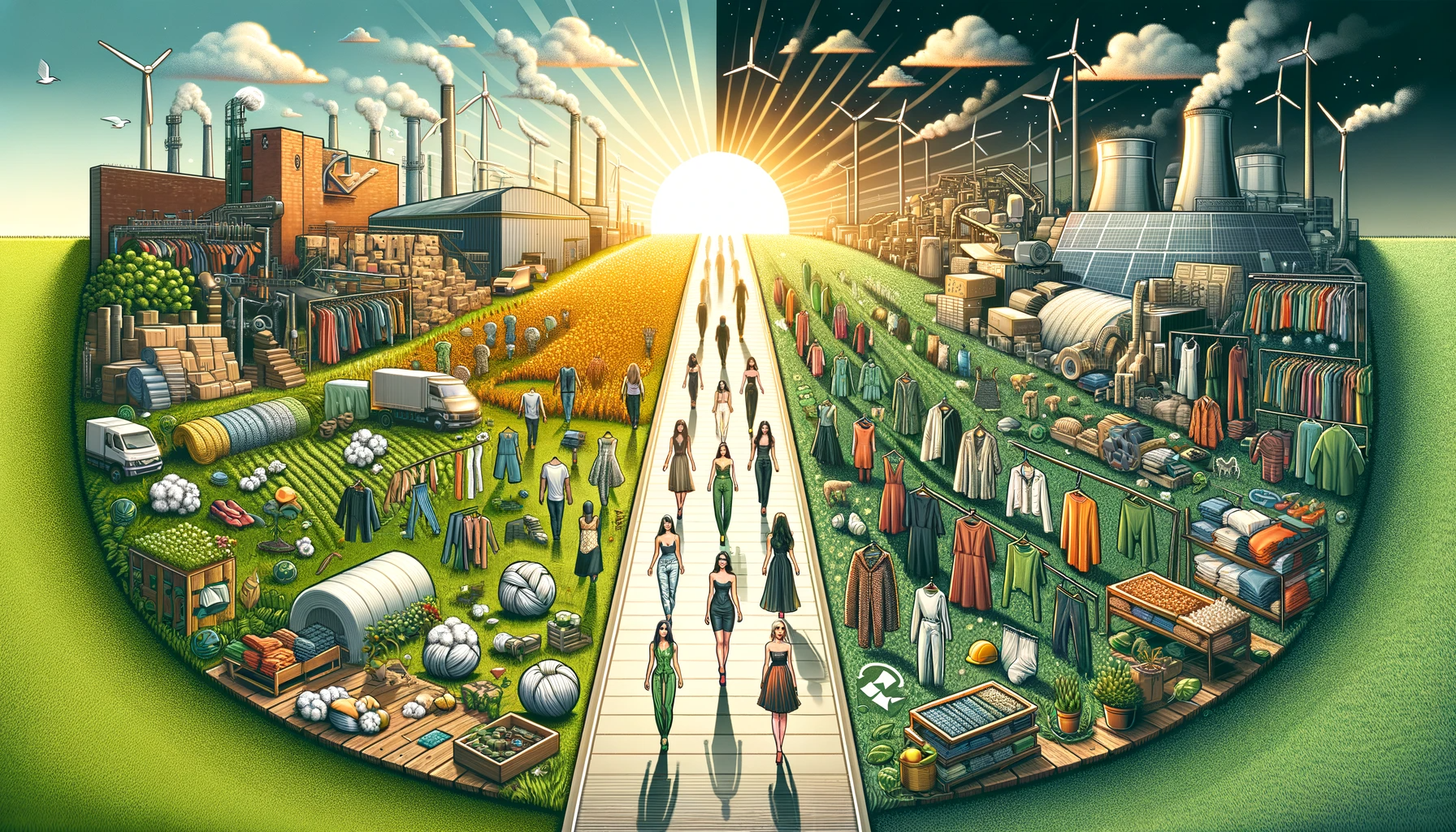Embracing Sustainability in Fashion
The fashion industry, a significant contributor to environmental degradation, is increasingly shifting towards sustainability. This transition involves various strategies, from using eco-friendly materials to implementing circular business models.
Innovations in Sustainable Fashion
Technological advancements like 3D technology and mobile body scanning are transforming the fashion industry. These technologies enable virtual dressing and precise garment fitting, reducing clothing returns and waste. Companies like For Days are pioneering closed-loop systems, offering swap credits for clothing made from organic or recycled materials, encouraging consumers to recycle old clothes.
Circular Business Models and Material Innovations
McKinsey highlights the rise of circular business models in fashion, which include resale, rental, and repair. This approach is crucial for sustainability, reducing waste and extending the life cycle of garments. The industry is also exploring sustainable materials like organic cotton, regenerative cotton, and innovative textiles made from agricultural waste like orange cellulose and kapok tree fibers.
Consumer Participation in Sustainable Fashion
Planet Forward suggests practical ways for consumers to engage in sustainable fashion. Donating old clothes, buying from thrift stores, and choosing brands that use recycled materials are effective strategies. Brands like Adidas and All-Birds demonstrate this shift, using salvaged ocean plastic and eco-friendly materials like organic wool and castor bean oil in their products.
Challenges and Opportunities
While the transition to sustainable fashion presents challenges, such as the need for more efficient production and distribution methods, it offers significant opportunities. It can lead to the creation of greener jobs, promote responsible consumption, and contribute to environmental conservation.
Consistency with SDGs
This journey towards sustainable clothing aligns with several Sustainable Development Goals (SDGs):
- SDG 12 (Responsible Consumption and Production): Emphasizes sustainable consumption and production patterns, directly relevant to the fashion industry’s efforts to minimize waste and resource use.
- SDG 13 (Climate Action): Addresses the urgent need to combat climate change, which the fashion industry’s shift to sustainable practices contributes to.
- SDG 8 (Decent Work and Economic Growth): The transformation towards sustainable fashion supports sustainable economic growth and decent work, including in developing countries.
Conclusion
The fashion industry’s move towards sustainability is a vital step in addressing environmental issues and aligning with global sustainability goals. Through innovation, circular business models, and consumer participation, the industry can significantly reduce its ecological footprint and foster a more sustainable future.


